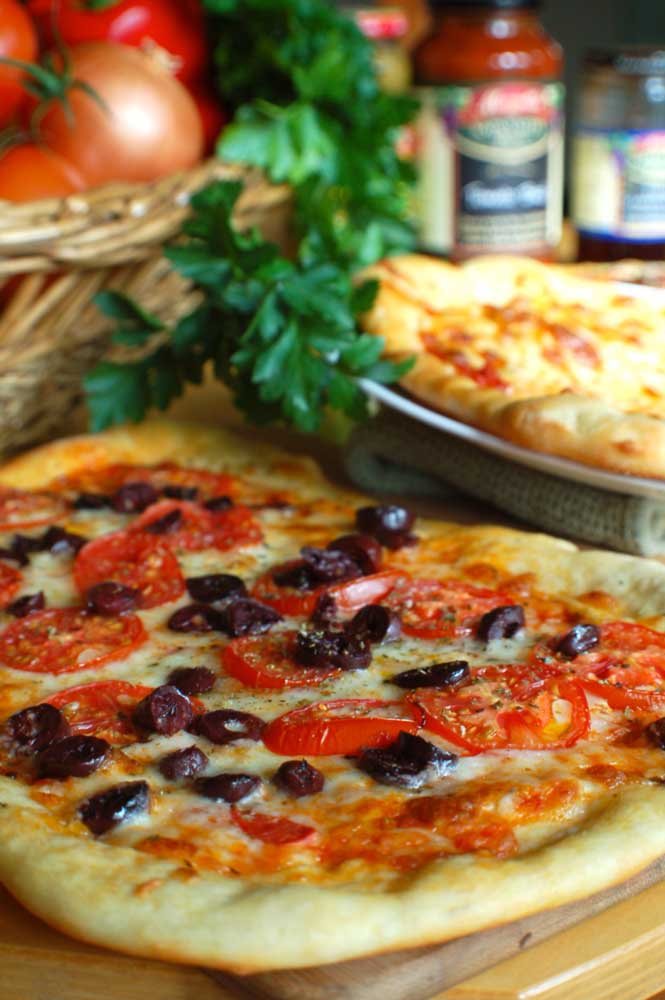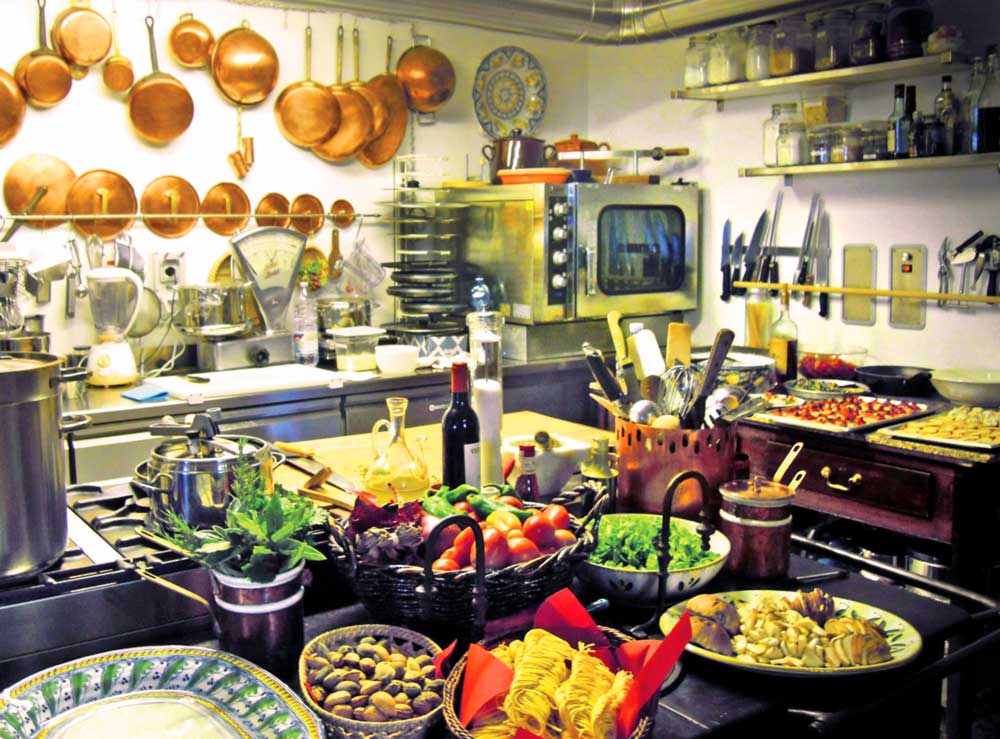Italian Food Culture & History
Lasagna, pizza, bolognese, tortellini, Chianti... the list goes on. It's safe to say the Italians have cracked some kind of food and wine code. With dining traditions nearly as rich as their Parmigiano-Reggiano, there's more to learn than the old "spaghetti fork spin" we all know and love. This post will talk about the lesser-known culinary traditions in this beautiful country and the golden rules you must know before your trip to Italy. Let's dig in (pun intended).
- Less is more.
You know you've found a GREAT panini spot in Italy when you walk up to the counter, order what you believe to be a perfect array of toppings, and they respond with a blunt... "No." Many restaurants will not serve a dish if it is not prepared the traditional Italian way. Growing up as an American, I feel it's in our nature to want MORE. More condiments, more toppings, bigger, juicier, buttery-er. The philosophy in Italy is to keep it simple. No salad dressing, no pesto on sandwiches and dare I say it, no ketchup! In fact, the traditional Italian panino is made up of no more than three ingredients and just a small amount of meat. Porchetta, a classic Italian pork roast, has such a strong and creamy flavor it's often served alone on a sandwich.
- Moderate your milk.
Another innate American tendency, or should I say tactic, is to top everything with cheese. Life is short, right? In Italy, it's very specific as to when dairy is acceptable. It's highly frowned upon to top a fish dish with cheese of any kind. This is for two reasons. The strong cheese flavor is thought to overwhelm the delicate flavor of the fish. Secondly, the geography in Italy separates seafood and cheese production. Traditionally, where fish is plentiful, like in Southern Italy, there's no cheese and vice versa. Now what about coffee? One does not visit Italy without drinking coffee like an Italian. In Italy ordering a cappuccino after your meal is a big, waving, red tourist flag. Cappuccinos are consumed in the morning and espresso shots are traditionally ordered after meals. Why? Italians figured out that milk doesn't always do wonders for the digestion system, whereas espresso does!
- Leave the meatballs behind.
OK, this is a tough one to digest (hehe). Spaghetti and meatballs did not originate in Italy. (I know, it feels as though my whole life is a lie.) Traditionally, meat and pasta are kept separate. First you order your primo piatto of pasta and then secondo of meat. So when did we begin to equate Italian food with chicken parmesan and meatballs the size of our heads? Meatballs and spaghetti originated from the early Italian immigrants in America. About 4 million Italians immigrated to America between 1880 and 1920. Once in America, meatballs were the perfect solution for lower quality meat on a budget. Breadcrumbs were mixed in to cut costs. As time went on and money became less of a constraint, the meatballs grew as did the meat to breadcrumb ratio. Next thing you know, snowball-sized meatballs in America. Despite their rules and aversion to ketchup, I think we can all agree that if the Italians continues cranking out pizza and great wine, we'll keep eating their amazing food. Buon appetito!











